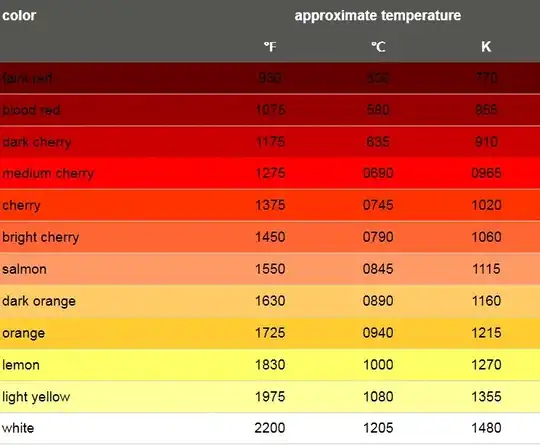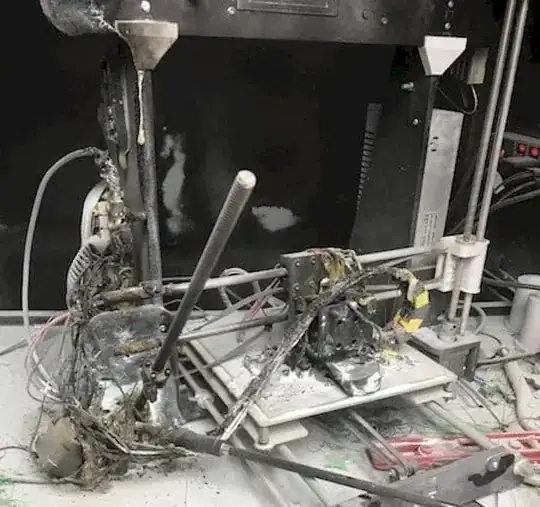It's fairly common for E3D to sell silicone socks for their hot ends. There are also other companies that sell these silicone socks for their hot end cartridges.
According to a brief internet search, it seems the ignition temperature of silicone is surprisingly low - around 450 °C. This surprised me because I was under the impression silicone would just burn / evaporate if it were heated up to a much higher temperature.
If my thermistor/heatrod slips off, my heatrod will glow into an orange temperature during thermal runway. This only happens briefly, but its color indicates it is reaching a temperature around 790 °C.
So, are silicone socks safe? Couldn't they ignite fairly easily?

